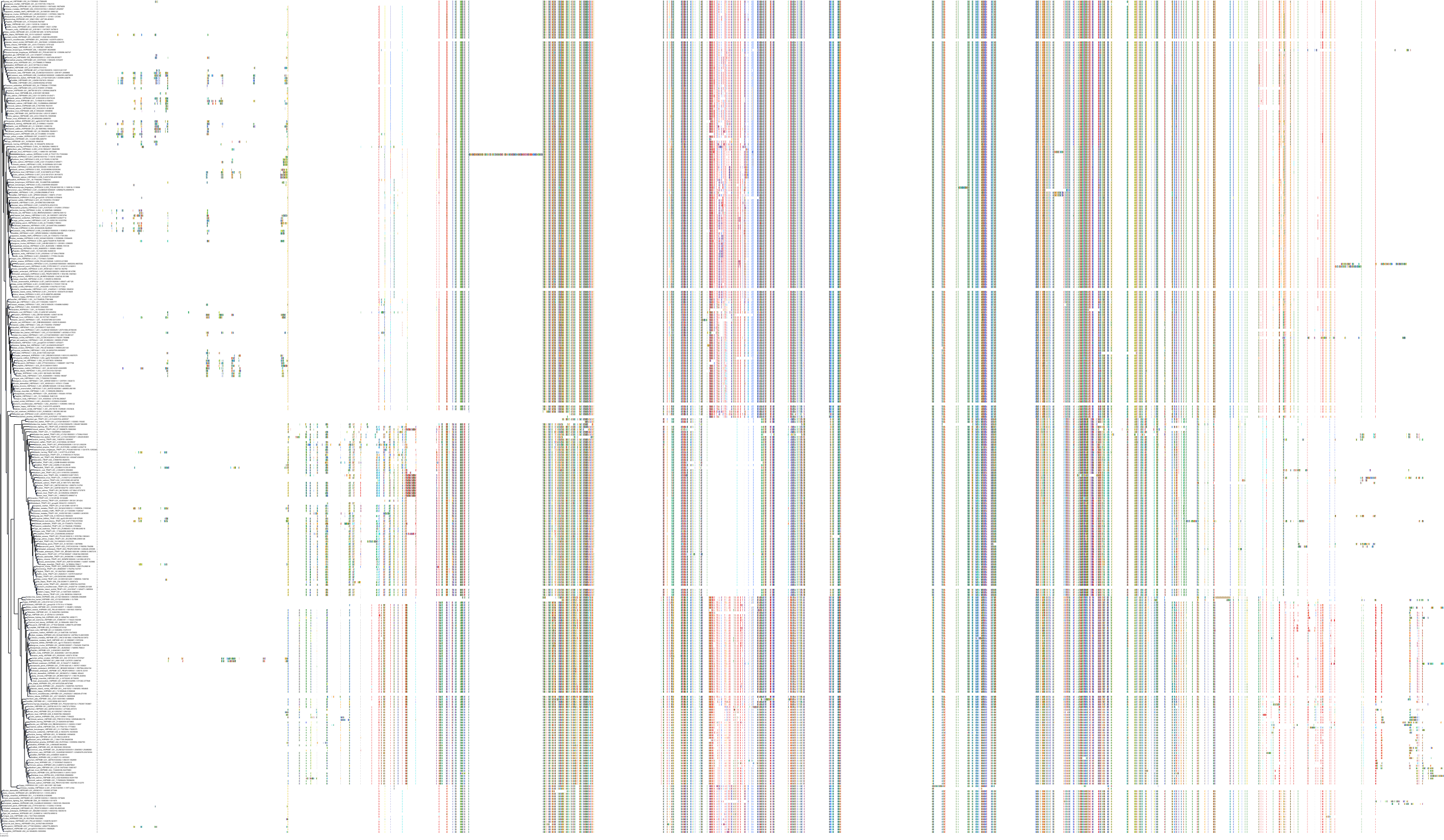| Synonyms | |
| Status | |
| Molecule Category | Free-form |
| UNII | Q7Y33N57ZZ |
| EPA CompTox | DTXSID80238485 |
Structure
| InChI Key | IFRGXKKQHBVPCQ-UHFFFAOYSA-N | |
|---|---|---|
| Smiles | ||
| InChI |
|
Physicochemical Descriptors
| Property Name | Value | |
|---|---|---|
| Molecular Formula | C24H31N3O3 | |
| Molecular Weight | 409.53 | |
| AlogP | 3.12 | |
| Hydrogen Bond Acceptor | 5.0 | |
| Hydrogen Bond Donor | 2.0 | |
| Number of Rotational Bond | 4.0 | |
| Polar Surface Area | 67.25 | |
| Molecular species | NEUTRAL | |
| Aromatic Rings | 2.0 | |
| Heavy Atoms | 30.0 |
Bioactivity
|
Protein: Heat shock protein HSP90 Description: Heat shock protein HSP 90-alpha Organism : Homo sapiens P07900 ENSG00000080824 |
||||
|
Protein: Heat shock protein HSP90 Description: Heat shock protein HSP 90-beta Organism : Homo sapiens P08238 ENSG00000096384 |
||||
| Targets | EC50(nM) | IC50(nM) | Kd(nM) | Ki(nM) | Inhibition(%) | ||
|---|---|---|---|---|---|---|---|
|
Ion channel
Voltage-gated ion channel
Potassium channels
Voltage-gated potassium channel
|
- | - | - | - | 7-42 | ||
|
Other cytosolic protein
|
- | 13-20 | - | - | 100 | ||
|
Other membrane protein
|
- | 22 | - | - | - |
Cross References
| Resources | Reference | |
|---|---|---|
| ChEBI | 140592 | |
| ChEMBL | CHEMBL1214827 | |
| DrugBank | DB06306 | |
| FDA SRS | Q7Y33N57ZZ | |
| PDB | XJX | |
| PubChem | 11955716 | |
| SureChEMBL | SCHEMBL382780 | |
| ZINC | ZINC000043208226 |

















